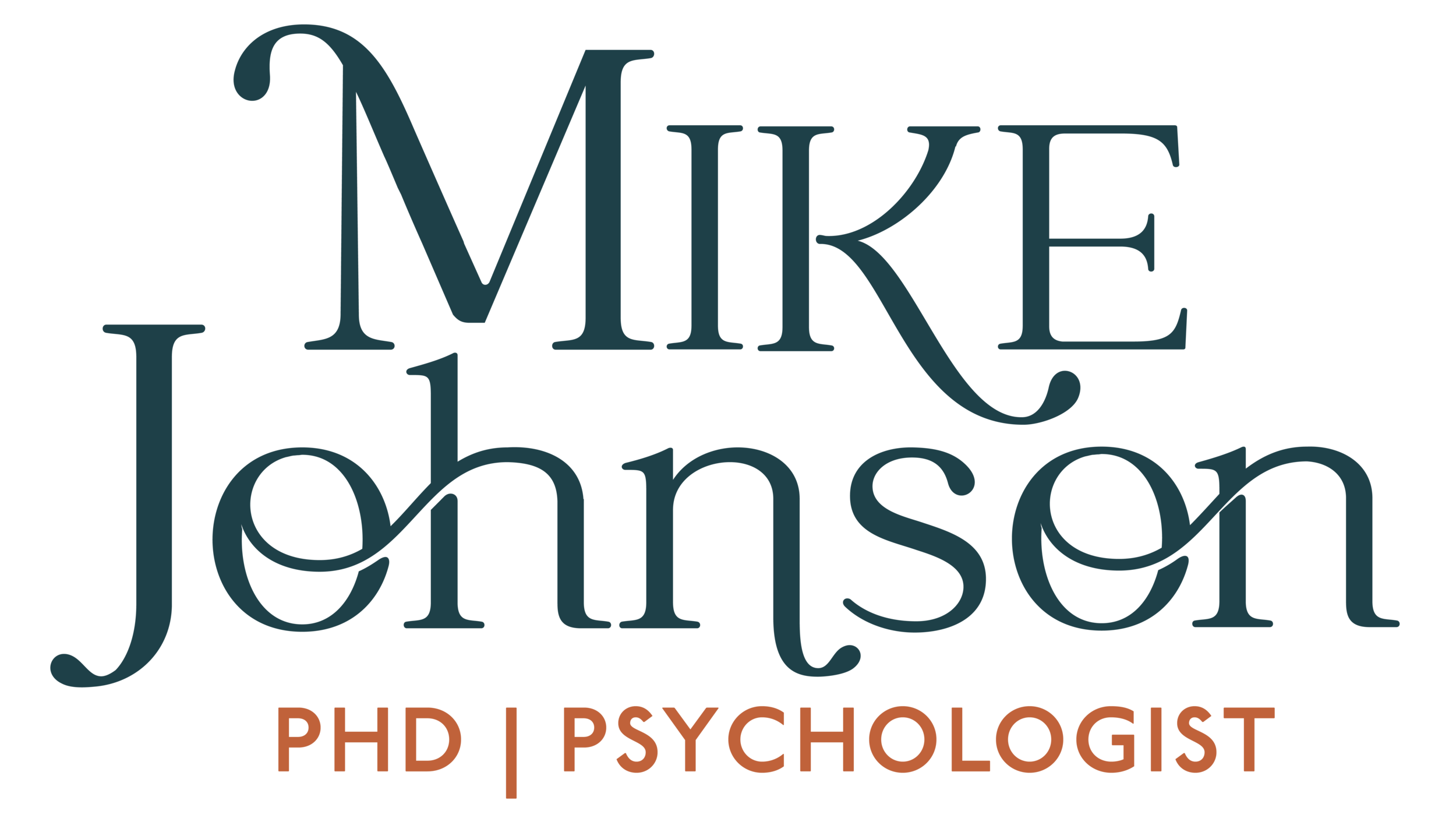Everything You Ever Wanted to Know About Positive Emotions
What are positive emotions? What are the theories behind positive emotions? And what are some examples of positive emotions? Learn all about positive emotions here.
Positive emotions are one of the most enjoyable parts of being alive. But what exactly are positive emotions? What effect do they have on our lives? And how can we experience more of them? In this article, we'll dive into positive emotions to learn more about them.
What Are Positive Emotions?
Positive emotions can be defined as pleasant multicomponent response tendencies. They are multicomponent because they involve more than just our internal feelings; they also include changes in our nervous system, hormones, facial expressions, thoughts, and more (Fredrickson & Cohn, 2008). Positive emotion is different than sensory pleasure (which is more about sexual pleasure, satisfying hunger and thirst, or remedying pain). Positive emotion is also different from positive mood (although they overlap). Compared to moods, positive emotions generally arise as a result of some experience, they are short-lived, and they are closer to the forefront of our consciousness (Fredrickson & Cohn, 2008).
Positive emotions exist on a continuum with negative emotions on one end and positive emotions on the other (Fredrickson & Cohn, 2008). However, the words we use to describe positive emotions generally lead us to think that positive emotions are discrete entities, separate from negative emotions. For example, “happy” and “sad” might be on the two ends of one continuum but we think of them as different things. Positive emotions can also be either high-energy (e.g., excitement, joy) or low-energy (e.g., calm, content).
The Benefits of Positive Emotions
Positive emotions have been shown in research to contribute to all sorts of positive outcomes including longevity, improved immune function, less pain, and of course, improved well-being (Fredrickson & Cohn, 2008). Positive emotions may even be considered synonymous with happiness (but happiness may also include things like meaning or purpose).
Being able to identify a variety of emotions—also known as emotional granularity—can also be good for our well-being. So here are some examples of positive emotions according to the emotion circumplex theory (Russell, 1980).
Excitement. A feeling of great enthusiasm and eagerness.
Delight. To take great emotional pleasure in something.
Astonishment. A feeling of great surprise and wonder.
Happiness. Feeling or showing pleasure or contentment.
Pleased. A feeling of pride or satisfaction.
Content. A state of happiness and satisfaction.
Relaxed. A state of being at rest or ease.
Calm. Not excited or upset.
More on Positive Emotions
Up until recently, research in psychology has mostly focused on negative emotions. That has made our understanding of positive emotions rather shallow or incomplete. For example, we think of negative emotions as discrete--sadness is different from anger and anger is different from anxiety. But when it comes to positive emotions, we kind of lump them all together—joy, and contentment, and happiness are all kind of the same in our minds. Recently, however, psychology researchers have helped provide better clarity about the difference between positive emotions.
Barbara Fredrickson, a leader of psychology research on positive emotion, offers us some insight into the differences between the key positive emotions of joy, interest, contentment, and love (Fredrickson, 1998).
Joy (~ happiness, amusement, exhilaration)
Joy arises in situations that are safe, familiar, and low effort. Experiencing joy is thought to result in a state referred to as 'free-activation'—or basically a readiness to engage in whatever comes—and it leads to a desire to play. As adults, playing may mean reading, using our imagination, or doing other creative activities. Joyful play can also help us build our social and emotional skills (Fredrickson, 1998).
Interest (~ curiosity, excitement, wonder, flow)
Interest arises in situations that offer novelty, change, and a sense of possibility. Interest also involves a sense that something is important and that we ought to pay attention and exert effort. Interest is thought to lead to exploration and the development of knowledge and personal growth (Fredrickson, 1998).
Contentment (~ tranquility, serenity, relief)
Contentment arises in safe situations with a high degree of certainty and a low degree of effort. Some people suggest that contentment leads us to savor our circumstances and experience a sense of 'oneness with the world. In other words, it results in a mindful broadening of a person's self-views and world views (Fredrickson, 1998).
Love (~romantic love, companionate love, caregiver love)
Barbara Fredrickson (1998) argues that love merges joy, interest, and contentment. More specifically, our loved ones stimulate experiences that lead to these other positive emotions. That means that love can lead us to be playful, grow personally, and broaden our worldview.
Based on Dr. Fredrickson's understanding of joy, interest, contentment, and love, she then proposed that positive emotions have something in common: They broaden our thoughts and actions and build personal, social, and intellectual resources. Over time, this may lead to an upward spiral of positive emotion. This theory is now known as the broaden and build theory of positive emotions (Fredrickson, 1998). This theory suggests increasing positive emotions is not only good for mental health, but also just about everything we might want including health, success, and satisfying relationships.
References
Fredrickson, B. L. (1998). What good are positive emotions? Review of general psychology, 2(3), 300-319.
Fredrickson, B. L., & Cohn, M. A. (2008). Positive emotions. Handbook of Emotions. 3rd edition, Guilford Press. New York.
Russell, J. A. (1980). A circumplex model of affect. Journal of personality and social psychology, 39(6), 1161.

